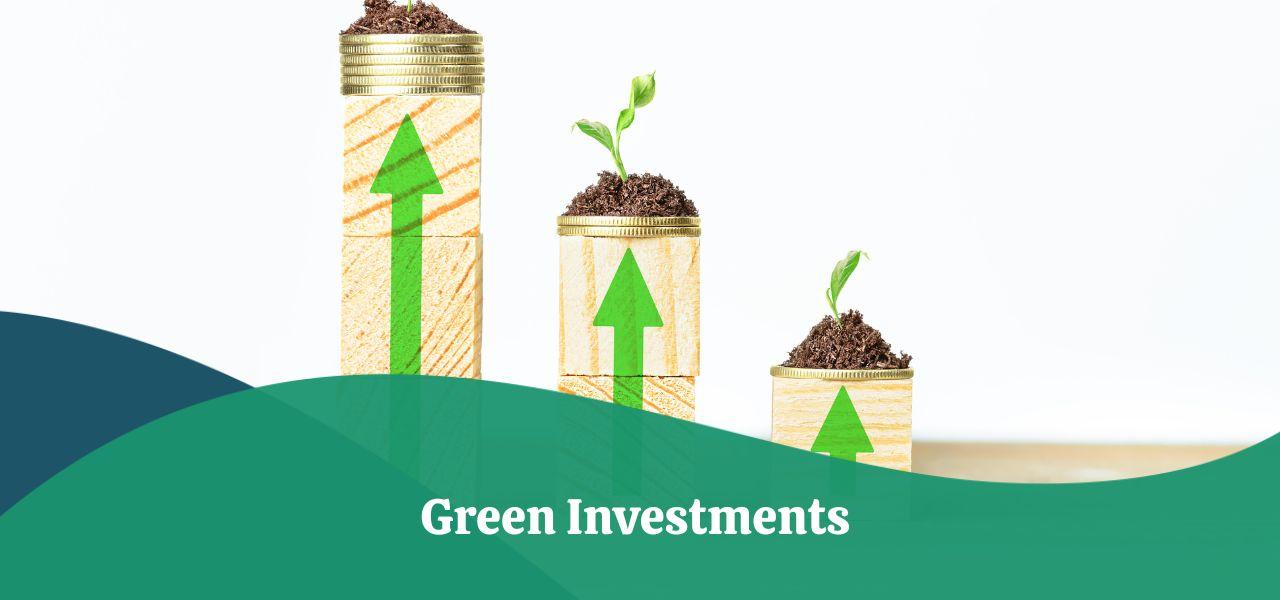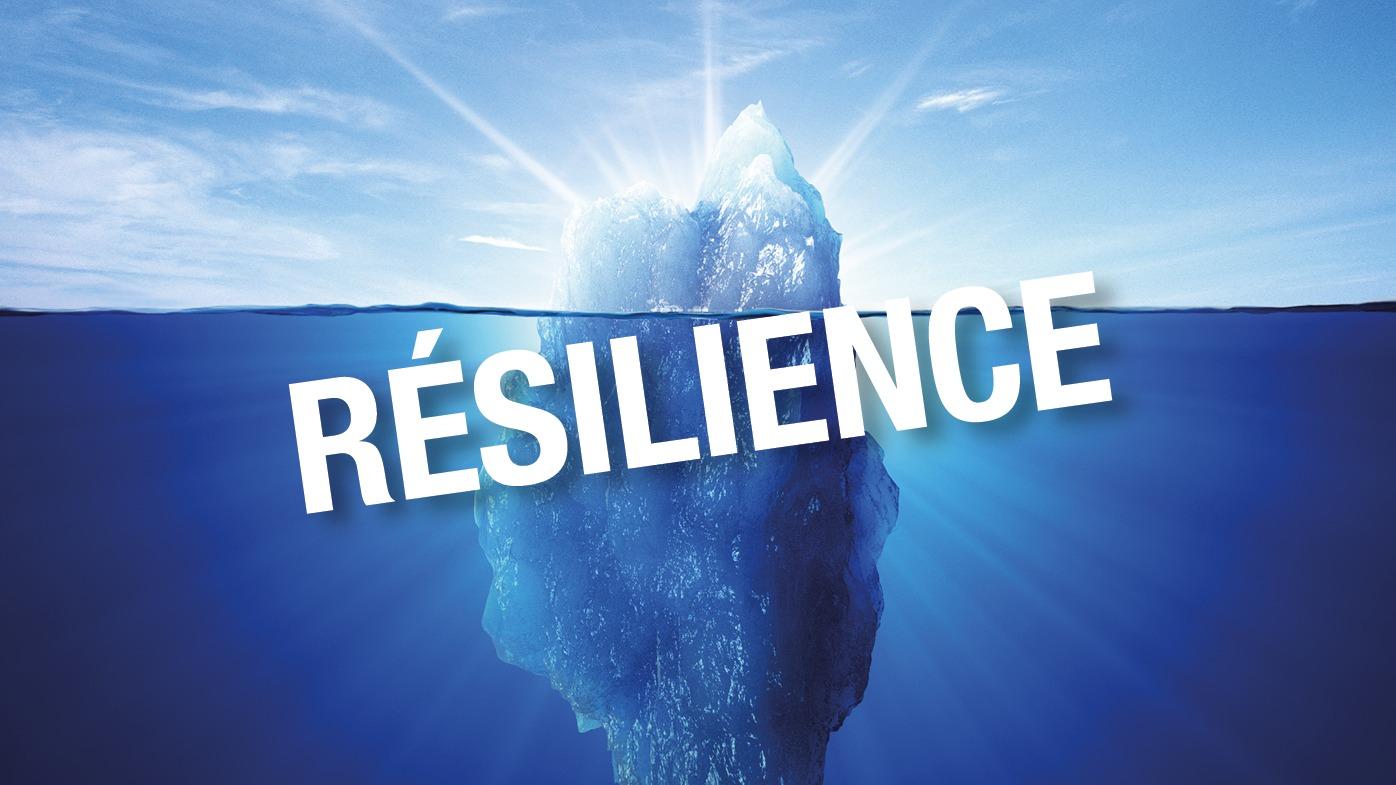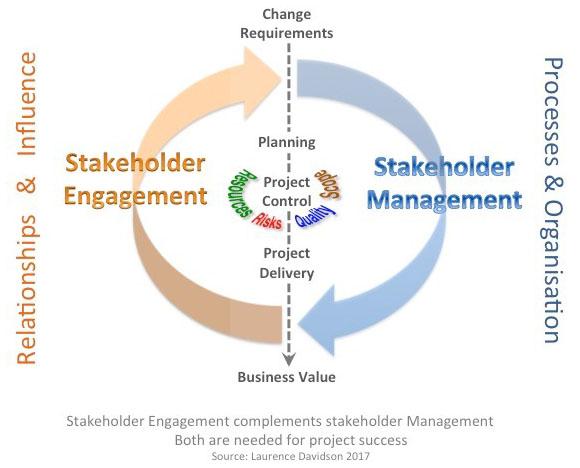Time’s Up: Banks Must Embrace Sustainable Practices Now
In a world increasingly aware of the pressing challenges posed by climate change and environmental degradation, the responsibility of financial institutions has never been clearer. As pillars of the global economy, banks hold significant influence and power over capital allocation, which in turn can either accelerate or impede the transition toward a sustainable future. Yet, the ticking clock serves as a stark reminder that time is not on our side. It is a call to action—not just for governments and corporations, but for banks to step up and lead by example. This article explores the urgent need for banks to embrace sustainable practices and the transformative potential of doing so, not only for the environment but for their long-term viability and relevance in a rapidly changing financial landscape. As the momentum for sustainability builds, the question remains: will the banking sector rise to meet this critical moment, or risk falling behind in a world that is demanding more than just financial returns?
Transforming Finance: The Imperative for Sustainable Banking Strategies
As the financial landscape evolves, banks stand at a crossroads where sustainability must be woven into the very fabric of their operations. The shift towards green banking is not merely a trend; it is a vital transformation spurred by increasing environmental awareness and regulatory pressure. Financial institutions must strategically realign their objectives to nurture not only profit margins but also the planet. By adopting sustainable practices, banks can enhance their reputation, attract an environmentally-conscious customer base, and create long-term value for their stakeholders.
Implementing sustainable banking strategies involves a multifaceted approach, including:
- Green Financing: Prioritizing loans and investments in renewable energy and sustainable projects.
- Responsible Risk Management: Incorporating sustainability factors into credit assessments and risk evaluations.
- Innovative Technology: Leveraging fintech to enhance transparency and efficiency in sustainability reporting.
- Stakeholder Engagement: Collaborating with organizations to promote sustainable practices across industries.
To illustrate the impact of these strategies, consider the following table highlighting the benefits of sustainable banking:
| Benefit | Description |
|---|---|
| Enhanced Brand Loyalty | Customers are increasingly loyal to banks that prioritize sustainability. |
| Regulatory Compliance | Aligning with global climate targets can reduce regulatory risks. |
| Investment Attraction | Access to sustainable investment funds and partnerships increases. |

Greening Investments: Aligning Portfolios with Environmental Goals
The financial sector is at a pivotal moment, where the traditional paradigms of investing must evolve to accommodate the pressing demands of environmental stewardship. As climate change becomes increasingly urgent, banks and investors are recognizing that greening their portfolios is not merely a trend but a strategic necessity. By aligning investment strategies with environmental goals, institutions can achieve several key benefits:
- Risk Mitigation: Investing in sustainable ventures minimizes exposure to industries that may face regulatory penalties or economic decline due to environmental mismanagement.
- Enhanced Reputation: A commitment to green investing cultivates trust and loyalty among environmentally conscious consumers and shareholders.
- Innovation and Growth: Supporting renewable energy projects and sustainable agriculture creates opportunities for new revenue streams and job creation.
Implementing sustainable investment frameworks is crucial for any bank aiming to be a leader in the 21st century economy. A practical approach involves establishing criteria for assessing the environmental impact of investments and fostering partnerships with organizations committed to sustainability. The following table illustrates some essential metrics to consider when evaluating potential investments:
| Investment Type | Environmental Benefit | Potential ROI |
|---|---|---|
| Renewable Energy | Reduced carbon emissions | 8-10% annually |
| Sustainable Agriculture | Preservation of biodiversity | 5-7% annually |
| Green Bonds | Support for eco-friendly projects | 4-6% annually |

Building Resilience: Risk Management through Sustainable Practices
In an era defined by unprecedented environmental challenges and socio-economic uncertainties, the banking sector stands at a crucial juncture. Embracing sustainable practices is not just an ethical obligation but a strategic imperative for mitigating risks and ensuring long-term profitability. Financial institutions that prioritize environmental, social, and governance (ESG) criteria can better anticipate potential disruptions and foster a robust framework for resilience. By integrating sustainability into their operational and investment strategies, banks can significantly reduce exposure to climate risks and enhance their reputation among a growing base of environmentally conscious stakeholders.
The transition to sustainable practices involves a multi-faceted approach, including the adoption of green financing, commitment to renewable energy projects, and investment in community initiatives. Key components of a successful strategy may include:
- Risk Assessment: Regularly analyze portfolio vulnerabilities against climate scenarios.
- Collaboration: Work with governments and organizations to create comprehensive sustainability frameworks.
- Innovation: Develop new financial products that encourage sustainable business practices.
| Strategy | Benefit |
|---|---|
| Green Bonds | Fund environmentally positive projects |
| ESG Criteria Integration | Enhance investment decision-making |
| Sustainable Supply Chains | Reduce operational risks |

Engaging Stakeholders: Fostering Collaboration for a Sustainable Future
Creating a sustainable future necessitates a collective approach where all stakeholders, including banks, governments, and communities, work together toward shared goals. Banks are uniquely positioned to lead this effort by aligning their strategies with sustainability principles. By engaging in meaningful dialog with stakeholders, they can identify and address environmental, social, and governance (ESG) challenges that are vital for fostering long-term viability. Collaborative initiatives could include:
- Joint Research Projects: Partnering with environmental organizations to study sustainable investment practices.
- Community Workshops: Hosting events to educate clients about the importance of sustainable finance.
- Public-Private Partnerships: Collaborating with local governments to support green infrastructure projects.
Moreover, banks should implement transparent reporting mechanisms to showcase their progress in adopting sustainable practices. Establishing regular communication channels with stakeholders not only builds trust but also encourages feedback and innovative solutions. By implementing strategies such as:
| Strategy | Impact |
|---|---|
| Integrating ESG metrics in lending | Financing for sustainable projects |
| Green bonds and investment products | Funding clean energy initiatives |
| Cross-sector collaborations | Enhanced resource sharing |
Adopting such strategies reinforces the banks’ commitment to sustainability and positions them as leaders in the transition to a more responsible financial ecosystem.
Wrapping Up
As we stand at the crossroads of economic growth and environmental stewardship, the onus is on financial institutions to lead the charge toward a more sustainable future. “Time’s Up: Banks Must Embrace Sustainable Practices Now” serves as both a wake-up call and a blueprint for change. The shift toward sustainable banking is not merely a trend, but an imperative that holds the potential to reshape economies and safeguard our planet for generations to come.
As we reflect on the insights shared in this article, it becomes clear that the path forward demands the courage to innovate and the commitment to integrate green practices into the very fabric of banking operations. By adopting sustainable strategies, banks can not only mitigate their impact on the environment but also unlock new opportunities for growth and resilience in an increasingly conscious marketplace.
In closing, the time for dialog has passed; now is the moment for decisive action. As stakeholders, consumers, and advocates alike call for a new standard in banking, let us encourage these institutions to rise to the occasion and embrace their role as agents of positive change. Together, we can build a financial system that not only thrives but also nurtures the world we inhabit. The future is in our hands—let’s make it sustainable.
